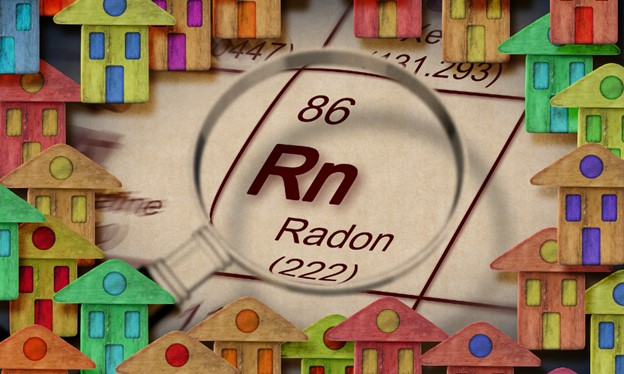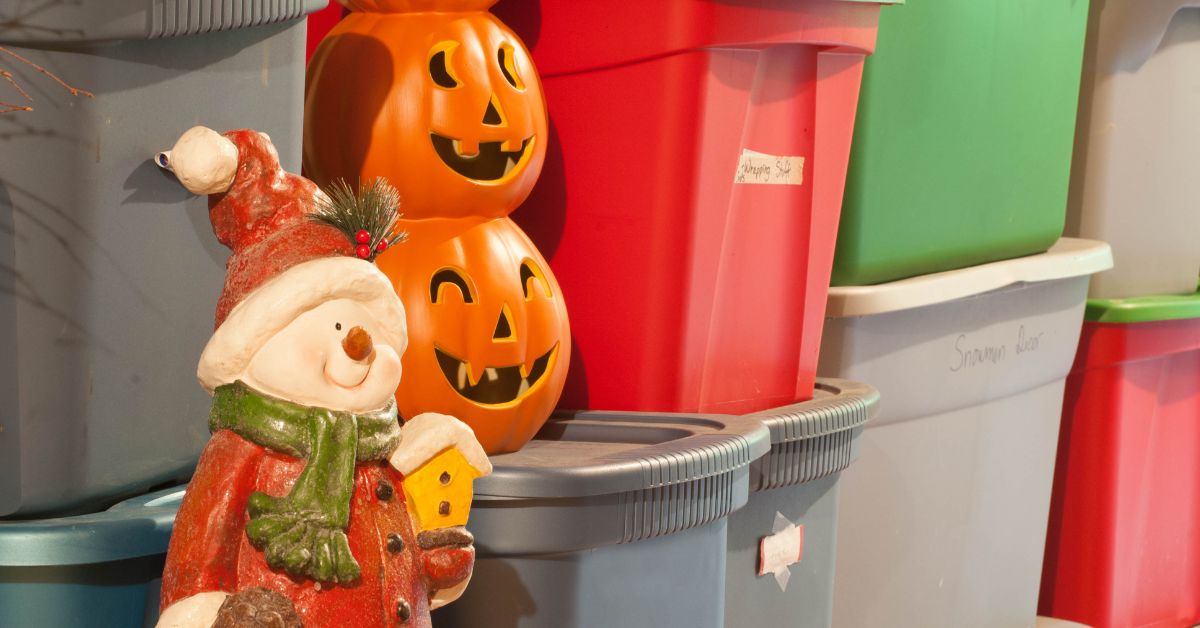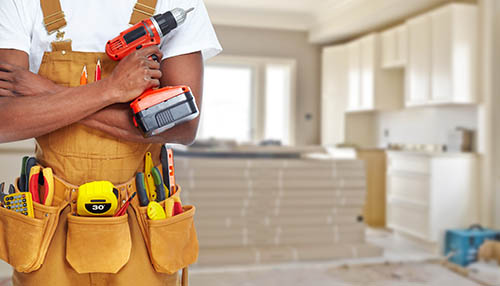Smart Home Upgrades That Save Energy and Money
 In an era where environmental consciousness and cost savings are top priorities for homeowners, smart home technology has emerged as a game-changer. With the ability to automate and optimize various aspects of your home, smart home upgrades offer numerous benefits, including energy efficiency and reduced utility bills.
In an era where environmental consciousness and cost savings are top priorities for homeowners, smart home technology has emerged as a game-changer. With the ability to automate and optimize various aspects of your home, smart home upgrades offer numerous benefits, including energy efficiency and reduced utility bills.
Smart Thermostats
One of the most effective ways to reduce energy consumption and save money is by installing a smart thermostat. Traditional thermostats often result in excessive heating or cooling, leading to wasted energy and higher utility bills. Smart thermostats, on the other hand, learn your preferences, monitor your daily routine, and adjust the temperature accordingly.
Energy Monitoring Systems
Understanding how much energy your household consumes is the first step towards reducing waste and saving money. Energy monitoring systems, such as smart plugs and smart meters, provide real-time data on your electricity usage for individual appliances or the entire home.
By identifying energy-hungry devices and monitoring their usage patterns, you can pinpoint areas of improvement and make necessary adjustments
Smart Lighting
Lighting accounts for a significant portion of a household’s energy consumption. Upgrading to smart lighting systems, such as LED bulbs and smart switches, can drastically reduce your energy usage and extend the lifespan of your bulbs.
Smart Power Strips
Many electronic devices continue to consume energy even when they are turned off or in standby mode. Smart power strips combat this “vampire power” by cutting off power to connected devices when they are not in use. Equipped with built-in timers or occupancy sensors, these power strips can detect when devices are idle or the room is vacant and shut down power accordingly.
Water-saving Devices
Reducing water usage not only conserves a precious resource but also lowers your utility bills. Smart irrigation systems can optimize your outdoor watering schedule based on weather conditions, moisture levels, and plant requirements. Leak detection sensors can alert you to potential leaks and water waste, preventing costly damage and excessive water usage. Smart shower heads and faucets can regulate water flow and provide real-time feedback on consumption, encouraging water conservation.
Embracing smart home upgrades presents an opportunity to save energy, reduce utility bills, and make your home more sustainable. By leveraging technologies such as smart thermostats, energy monitoring systems, smart lighting, smart power strips, and water-saving devices, you can contribute to a greener future as well as enjoy the added benefits of convenience and control over your living space. Homeowners should take advantage of these upgrades to make their homes smarter, greener, and more cost-effective.

 The most important reason to check for dangerous home issues is to ensure the safety of you and your family. Leaving home issues unchecked can cause significant damage to your property and if you’re planning to sell your home in the future, it’s important to ensure that it’s free of dangerous issues that could affect its value.
The most important reason to check for dangerous home issues is to ensure the safety of you and your family. Leaving home issues unchecked can cause significant damage to your property and if you’re planning to sell your home in the future, it’s important to ensure that it’s free of dangerous issues that could affect its value. Do you find yourself staring out the window, longing for an early sunrise, hot days and late evenings? With spring just around the corner, it might feel like summer is a lifetime away.
Do you find yourself staring out the window, longing for an early sunrise, hot days and late evenings? With spring just around the corner, it might feel like summer is a lifetime away. Every holiday season when you get out the decorations, there always seems to be a period of organization where you need to untangle lights, sort out the broken ornaments and just get all of the trimmings in order.
Every holiday season when you get out the decorations, there always seems to be a period of organization where you need to untangle lights, sort out the broken ornaments and just get all of the trimmings in order. Just because you live in a small space doesn’t mean your home needs to feel cramped. There are several renovations that are popular among interior designers to make a space feel larger. Incorporate them into your own home to give it a more open, spacious feel.
Just because you live in a small space doesn’t mean your home needs to feel cramped. There are several renovations that are popular among interior designers to make a space feel larger. Incorporate them into your own home to give it a more open, spacious feel.